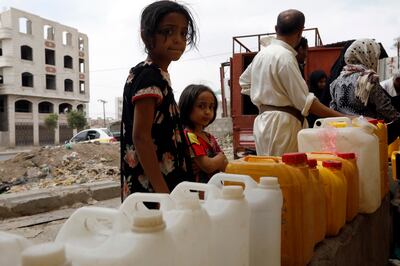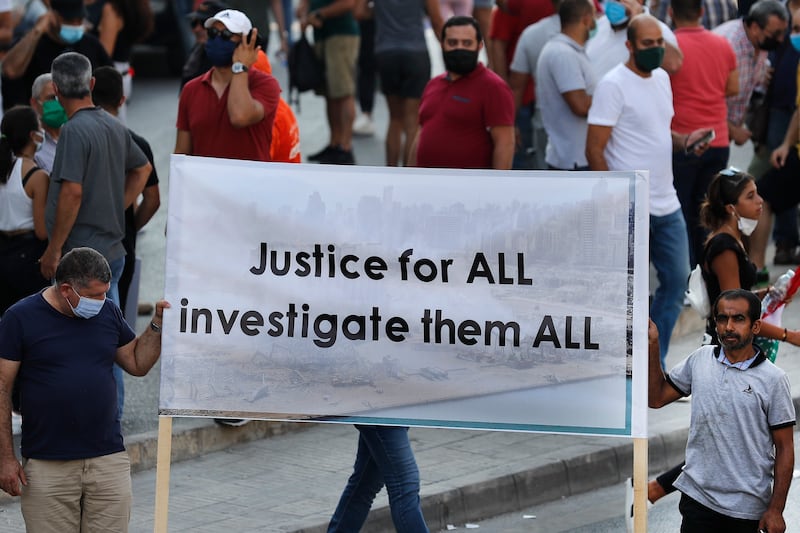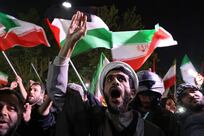A decade ago, we were in the throes of what many observers in the West termed the "Arab Spring". An assessment is now in order.
Because analysts in the West first assumed that these uprisings in Tunisia, Egypt, Libya and Yemen were linked organically, mirroring the revolutions that brought down the Communist regimes that had operated under the protective cover of the Soviet Union, they equated them to a new spring. These Arab uprisings, however, were not threads of one unravelling region. While sharing some common characteristics, in each instance local factors shaped them.
One shared feature was their almost-exclusive occurrence in the so-called "Arab Republics" – countries that for decades had been ruled by military regimes that lacked the broadest possible popular support and had become increasingly ossified, distant from the needs of their publics and corrupted by privileged elites who drained wealth for themselves and their allies. Also, each of these uprisings had begun largely as non-violent, youth-led protests focused on poverty, employment, the need for services and the desire for greater freedom and political rights. While some western analysts mistakenly called these uprisings "revolutions," Tunisia has been the only true revolution. The uprising there brought about a meaningful change in governance, though its result remains quite fragile.
Public opinion polling by Zogby shows that despite retaining grievances, Tunisians have some hope in their situation. The polling also shows that other Arabs see Tunisia's as the only mildly successful uprising. While developments in Egypt have gone through ups and downs, nothing close to a revolution occurred, as the military remained in control throughout. They deposed Hosni Mubarak non-violently and then later forcibly removed the Muslim Brotherhood in the face of increasing concern from Egyptians, according to polling, that the group was attempting to impose its extremist beliefs as the law of the land.
In the process, however, other problems have arisen, from an increased wealth gap and youth unemployment to the closing up of public discourse. Polling also shows that, as a result, by more than three to one, Egyptians now say they are worse off than they were before, and by a two-to-one margin say that they have less hope their situation will improve in the future. The government is confident in the future, but the situation as things stand is not ideal.
The experiences of Syria, Libya and Yemen have been different. Because they were fragmented societies – Syria by sect and tribe, Libya by tribe and region and Yemen by sect, tribe and region – with the deposing of the old regimes, groups either sought or were sought out by external powers. This resulted in prolonged and bloody civil conflicts, the outcomes of which remain uncertain.

Even with this checkered record, new uprisings are still occurring in several other countries. In recent years, there have been sustained mass protests in Sudan, Algeria, Lebanon and Iraq. Once again, while they are different and not fundamentally linked, each of them has exploded for similar reasons: lack of jobs and needed services, poor governance and a general lack of hope.
The revolts in Algeria and Sudan are somewhat similar to those in the other "Arab Republics", with only Sudan being a potential success story. There, Omar Al Bashir has been deposed, and after continuing protests the military agreed to form a new government with equal participation of military and civilian leadership. Because this "experiment" is projected to have a three-year run, only time will tell whether the transition leads to full civilian control.
The outcomes in Lebanon and Iraq are even more difficult to predict. While the demands of their uprisings are similar, and include an end to sectarianism, the repressive violence of Iranian-supported militias in both countries (and the stubbornness of the corrupt sectarian feudal elites in Lebanon) pose real roadblocks to change.
Ten years after the first uprisings, the fragile "stability" that once characterised the old order of the "Arab Republics" has given way mostly to chaos. Despite the uneven record of these unsettling events and their uncertain futures, there are lessons to be learned. Repression has never been an adequate substitute for unresponsive governance that fails to provide services, opportunity and hope. Protesters in these countries, especially the young, are rarely the enemy, but rather citizens and their nations' future. Their legitimate concerns deserve an earnest response and an offer of real hope for change.
At the same time, the protesters in many of these countries today, especially in Lebanon and Iraq, need to develop a co-ordinated leadership, a coherent programme of demands and a plan for implementation. Where possible they must organise politically for the next election. In too many instances, because of the lack of political organisation, the uprisings have been co-opted by the Muslim Brotherhood or other politicised sectarian movements because those groups were the only organised political forces in the country.
Allies of these countries can help. The US, for instance, needs to understand that any new deal with Iran must include pressing it to stop exploiting sectarian divisions and end its meddlesome and violent behaviours in Lebanon, Syria, Iraq and Yemen. Washington should tailor future assistance programmes to these governments to focus on job creation, private sector growth, and improvements in education, health care and delivery of social services. Only when these processes and institutions are in place and people start seeing stability and prosperity will spring have sprung.





